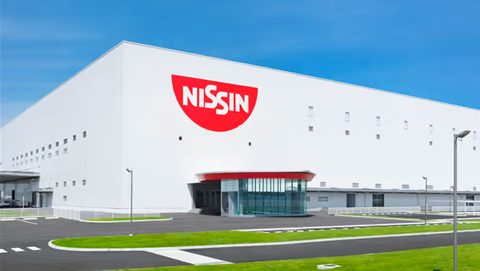Indonesian pharmaceutical, healthcare and nutrition company Kalbe Farma has transformed to microservices architecture to enhance business efficiency, accelerate development and rollout new applications faster.
The company adopted Red Hat OpenShift and Red Hat 3scale API Management to move to a microservices-based and API-centric IT architecture to enhance speed, agility, and efficiency.
Kalbe Farma's head of business solutions, Widianty Oey said the company could see the benefits soon after the transition.
The reusable containerised microservices has enabled the firm towards faster development, reducing time to market.
"Open source is cost-effective and fast because it has a large community supporting it," she added.
Founded in Jakarta, Kalbe Farma Tbk (Kalbe) is one of Southeast Asia’s largest publicly listed pharma companies. It has expanded its business interests to become a provider of integrated healthcare solutions spanning operations across more than 40 companies in ASEAN region and Africa.
The organisation faced challenges with legacy monolithic applications hindering agility.
Oey said their IT teams couldn’t react fast enough to requests for new functionality and services coming from the business. “We only managed to respond to 40 or 50 percent of them."
Kalbe began building reusable containerised microservices and ran them on an open source Kubernetes platform. It quickly realised the need for a reliable, complete application platform for running its business-critical services.
Soon after mapping out its monolithic services, Kalbe migrated them to Red Hat OpenShift.
Key Outcomes
A chat feature used for group collaborations was one of the first workloads to move to the Red Hat application platform. The APIs (application programming interfaces) has supported intergroup collaboration, including data exchanges between Kalbe and its subsidiaries.
Previously, Kalbe’s developers would need to finish an entire application before testing and launching it. With the new environment, developers can now launch new functionality one module at a time, so users can see and use the applications much sooner.
Applications run smoothly without affecting each other, thus improving reliability.
With this transition, Kalbe said it has begun exploring the benefits of a hybrid cloud.
For Red Hat 3scale API Management, the company is looking to build an ecosystem with Red Hat technology as a hub for data exchange.
Oey said this ecosystem might include other companies within the company group and SatuSehat, a national integrated health data exchange platform developed by the Indonesian Ministry of Communication and Information.
Kalbe is soon planning to migrate all its services from its monolithic architecture to containerised microservices. This would also include migrating its Management Information Systems (MIS) into Red Hat Enterprise Linux.









